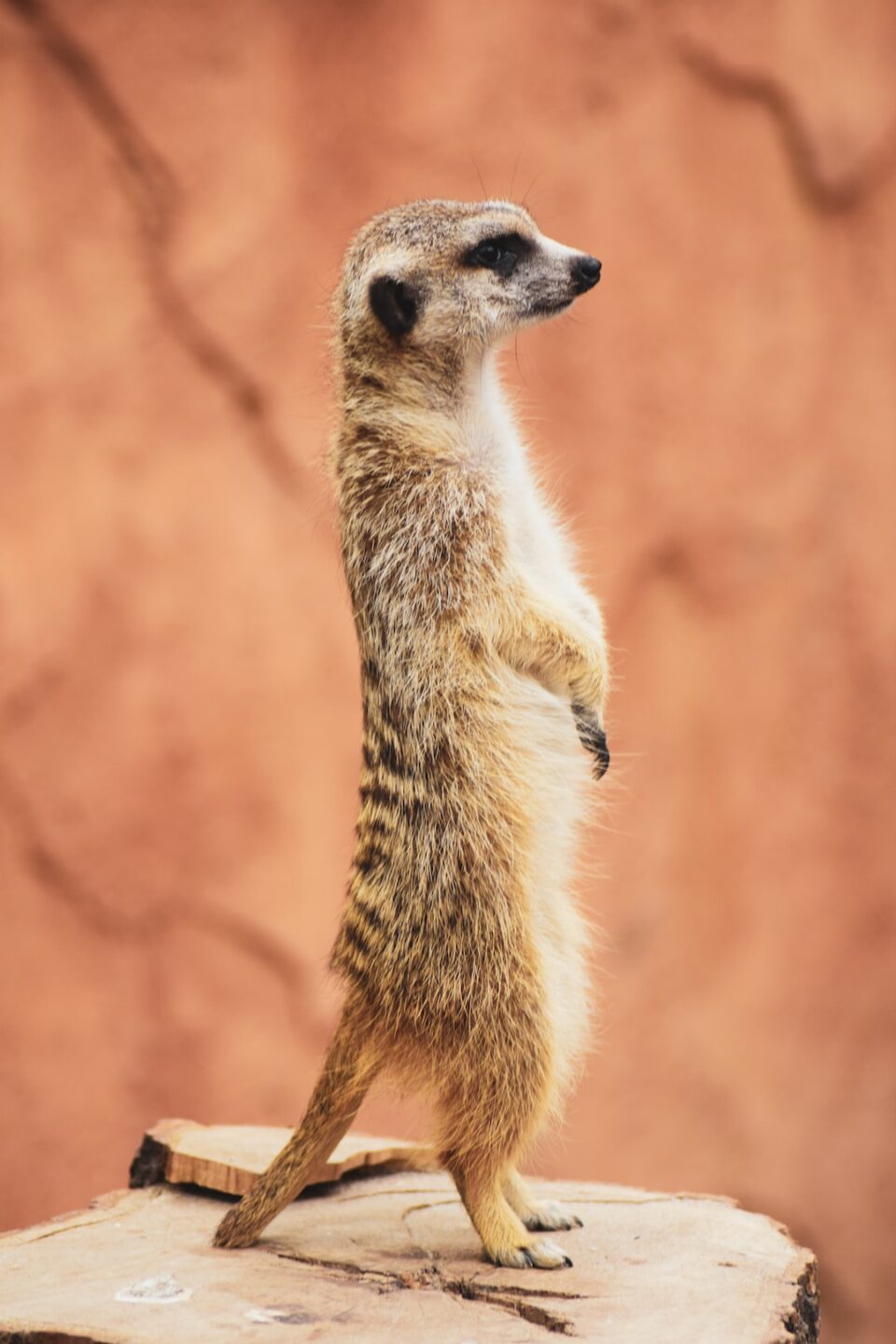How to Create a Wildlife-Friendly Garden: Tips for Attracting and Caring for Local Wildlife
In today’s world, where urbanization and human activities are encroaching upon natural habitats, creating a wildlife-friendly garden becomes crucial. By transforming your garden into a sanctuary for local wildlife, you not only provide refuge for diverse species but also contribute towards the balance of ecosystems. This blog post aims to provide you with some helpful tips on how to create a wildlife-friendly garden and care for the local wildlife.
1. Native plants: One of the key strategies for attracting local wildlife to your garden is planting native species. Native plants provide the necessary food and shelter that local wildlife has adapted to rely on for survival. Research native plants that are well-suited to your region and incorporate them into your garden design. This will attract a variety of birds, butterflies, bees, and other beneficial insects.
2. Provide food sources: Different wildlife species have specific dietary needs. By including a range of plants that produce berries, seeds, fruits, or nectar, you can ensure a diverse food source for local animals. For instance, planting sunflowers can attract birds, while butterfly bushes and milkweed attract beautiful butterflies. By planting a variety of plants with staggered bloom times, you can provide a year-round food source for wildlife.
3. Install bird feeders and baths: Bird feeders and baths are a great way to attract and provide for our feathered friends. Hang bird feeders filled with seed blends or specific seeds that target the birds you want to attract. Also, consider installing birdbaths or small, shallow water features. Birds need water for drinking and bathing, and by providing it, you’ll create an oasis for them.
4. Create habitats: By incorporating different habitat features in your garden, you can provide ideal conditions for various wildlife species. Create different layers by planting trees, shrubs, and ground cover, as it will mimic the structure of a natural habitat. Stack rocks, logs, or create brush piles to provide shelter for reptiles, amphibians, and small mammals. Incorporating a pond, even a small one, will attract frogs, dragonflies, and other aquatic species.
5. Employ sustainable garden practices: A wildlife-friendly garden should be pesticide-free. Many pesticides can have harmful effects on local wildlife, so it’s important to employ sustainable gardening practices. Seek natural alternatives, such as companion planting, beneficial insects, or biological controls, to address any pest problems. By maintaining a balance between predator and prey, you’ll promote a healthier ecosystem in your garden.
6. Provide nesting spots: Many animals need safe places to build nests and raise their young. Install nesting boxes for birds, bats, or even solitary bees to support their breeding seasons. Ensure that the nesting boxes are correctly designed and positioned to suit the needs of different species. Additionally, leave undisturbed areas or make use of fallen logs and piles of brush to provide hiding spots for smaller creatures like rabbits or hedgehogs.
7. Avoid chemical fertilizers: Chemical fertilizers can seep into local water sources and harm aquatic life. Instead, opt for organic fertilizers and compost to nurture your plants and the soil. Organic fertilizers are not only safer for wildlife but also promote healthier plant growth in the long run.
8. Maintain a water source: Providing a water source in your garden is crucial for wildlife, especially during dry periods. Install a water feature such as a shallow pond, birdbath, or even a small water fountain. Ensure that the water is kept fresh and clean, and be mindful of any potential drowning hazards by providing rocks or steps for easy access.
By following these tips, you can transform your garden into a wildlife-friendly oasis, attracting and supporting a wide variety of local species. Remember that creating a wildlife-friendly garden is an ongoing process, and patience is key. Within no time, your garden will become a thriving haven for local wildlife, allowing you to connect with nature and make a positive impact on the environment.

